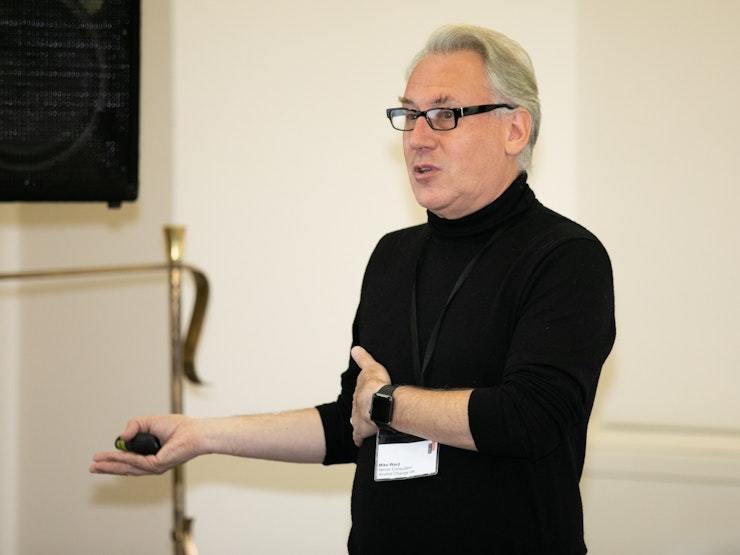It challenges the belief that only drinkers who show clear motivation to change can be helped, and sets out positive strategies that can be used with this client group.
The Blue Light manual sets out these strategies in detail and offers a fundamental positive message that change is possible. It contains:
- Tools for understanding why individuals may not engage
- Risk assessment tools which are appropriate for drinkers
- Harm reduction techniques workers can use
- Advice on crucial nutritional approaches which can reduce alcohol-related harm
- Questions to help non-clinicians identify where individuals may be at risk of serious health problems
- Management frameworks
- Guidance on legal frameworks
The Blue Light approach is that, while we may not always be able to make someone change completely, we can help reduce harm and manage the risk they pose to themselves and others.
Blue Light began as a co-production involving 23 local authorities. Local staff and service users in each area contributed expertise to the development. The Blue Light approach has now been adopted by a large number of local authorities across England and Wales.
At the heart of Blue Light is a manual, supported by training and help in establishing multi-agency partnerships. The Blue Light manual - developed by our predecessor organisation Alcohol Concern - sets out the key principles and contains a range of advice and tools for working with clients who are not in contact with services. Our training supports professionals in applying these principles and tools, and helps local areas set up the multi-partner forums and protocols needed to embed the programme.
We will help you develop targeted interventions that will significantly reduce the costs of high impact drinkers to public services.
The key elements of local transformation in adopting the Blue Light approach are:
- Building strategic ownership of the need to tackle the client group
- Training of specialist and non-alcohol specialist staff in the Blue Light approach
- Developing a multi-agency operational group to ensure a joint identification and ownership of the highest impact clients
- Developing assertive outreach approaches by designing and evaluating services
- Improving the response of local alcohol services through staff training and pathway development
Blue Light develops responses that require minimal investment by:
- Using existing resources more effectively
- Bringing organisations together and refocusing what they do
- Building bridges with partners including police, housing and social care
In Lincolnshire, after five months of operation there has been a 67% reduction in police incidents relating to the targeted Blue Light clients.
In the Sandwell multi-agency group:
- 44% of clients have successfully completed a course of treatment with community alcohol services or are currently accessing community alcohol support services with some degree of sustained engagement
- all other individuals are subject to a range of on-going harm reduction and engagement approaches
In one year, the Sandwell multi-agency group reduced the costs of these clients by £150,000, a return on investment of 450%.
Blue Light has now been evaluated in a number of areas, each showing positive results and significant cost-savings. Here's a series of related reports:
The Blue Light team have also produced a series of reports that describe the role of untreated alcohol problems in a range of social issues:

